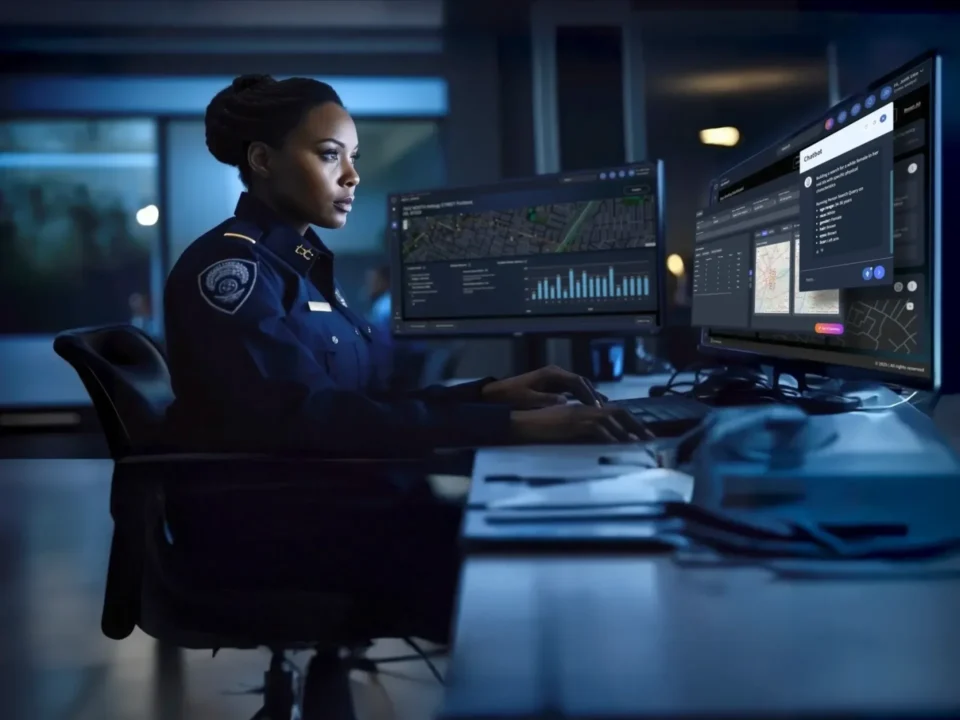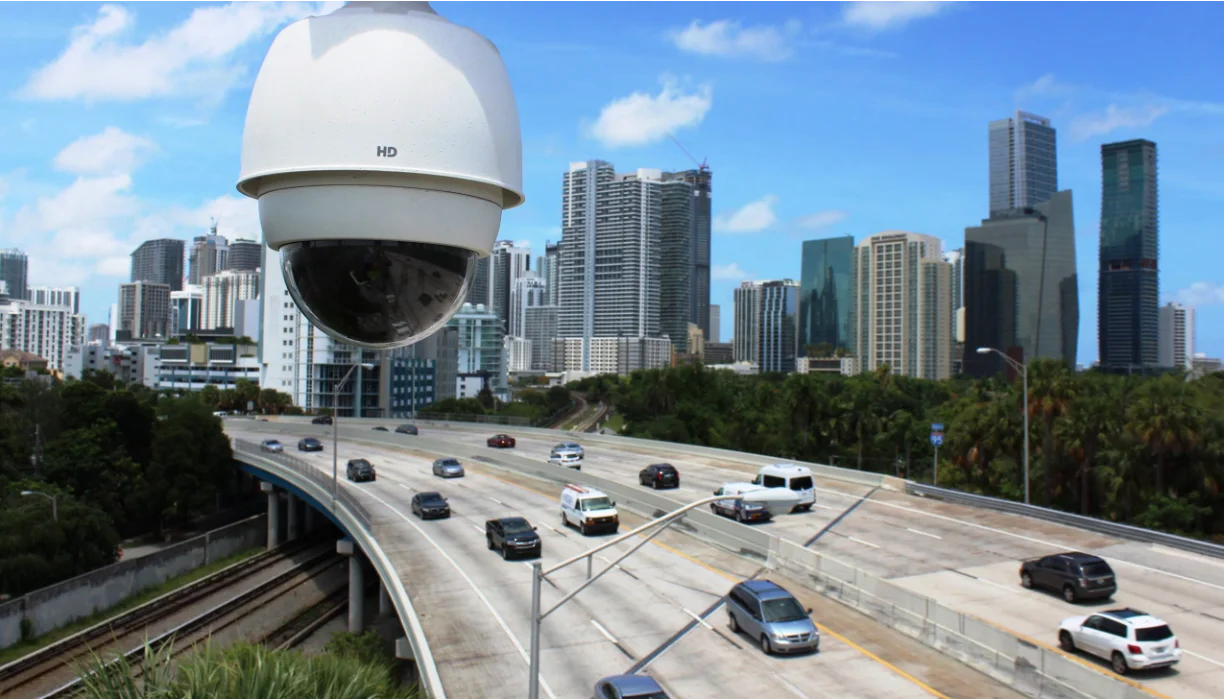License plate data isn’t just about traffic enforcement—it’s a powerful investigative tool. Automated License Plate Recognition (ALPR) systems can help law enforcement solve crimes more efficiently by tracking suspect vehicle movement, linking suspects to scenes, and uncovering patterns that would otherwise go unnoticed. When paired with integrated platforms, ALPR becomes even more effective. Here’s a guide for how to leverage ALPR data in investigations.
Start with a Suspect Vehicle or Plate
Many investigations begin with a partial plate, vehicle description, or a report involving a car. ALPR systems serve as an investigative tool, capable of rapidly searching millions of plates to find a match, even with incomplete information. For instance, if a witness only recalls the make, color, and a few digits of a plate, modern ALPR platforms can narrow down potential vehicles in seconds.
Link Vehicles to People, Places, and Patterns
ALPR data becomes especially valuable when it’s connected with other sources of intelligence. On its own, a license plate capture provides time-stamped vehicle location data—but when integrated with platforms like CrimeTracer, that information becomes part of a much larger investigative picture. Agencies can cross-reference suspect vehicle sightings with known offenders, associates, addresses of interest, prior incident reports, and more. This type of data fusion enables investigators to identify patterns, establish connections between individuals and locations, and build stronger cases more efficiently. In time-sensitive investigations, having this connected intelligence at their fingertips can be the difference between a missed lead and a breakthrough.
Use Real-Time Alerts for Active Investigations
For crimes in progress or known suspects on the move, ALPR systems can be configured to issue real-time alerts when a specific plate is detected, allowing law enforcement to intercept vehicles connected with criminal activity without tipping off suspects. Platforms like ShotSpotter, when integrated with PlateRanger, further accelerate response times by capturing and logging critical vehicle information—such as license plate, make, and model—immediately after gunfire is detected.
This data can be shared with responding officers in real-time, providing a tactical advantage that enhances situational awareness and increases the likelihood of apprehending suspects. In addition to immediate alerts, historical LPR data can help uncover travel patterns and life habits of a suspect vehicle, supporting more strategic and safer arrests. This proactive, intelligence-driven approach not only aids in gathering crucial evidence like shell casings but also holds the potential to save lives and prevent future violence
Combine ALPR with Other Intelligence Sources
The power of ALPR multiplies when agencies can track suspect vehicles across jurisdictional lines and integrate the technology with other data-rich tools such as gunshot detection systems, records management systems (RMS), social media monitoring, and more. When these systems are connected through a unified platform, investigators gain a more comprehensive operational picture—one that connects data silos and links people, places, and events in real-time. For example, viewing ALPR hits alongside active calls for service or known suspect profiles enables faster, more informed decision-making. Agencies can identify criminal patterns of movement and connect suspect vehicles to broader criminal networks. When layered with time-stamped data from various sources, these insights can strengthen case narratives, validate timelines, and increase prosecutorial confidence. Ultimately, this integrated approach enhances both the speed and accuracy of investigations.
Closing Thoughts
ALPR technology is no longer a siloed tool. When used strategically and ethically, it can give investigators a significant edge, especially in vehicle-involved crimes. Whether it’s linking suspects to a scene, generating leads from surveillance, or supporting real-time response, ALPR turns license plate reads into actionable intelligence.
By integrating data sources and adopting investigative platforms like CrimeTracer and PlateRanger, agencies can expedite case resolution and enhance public safety.
Contact us to learn more about integrating ALPR data in your investigations





